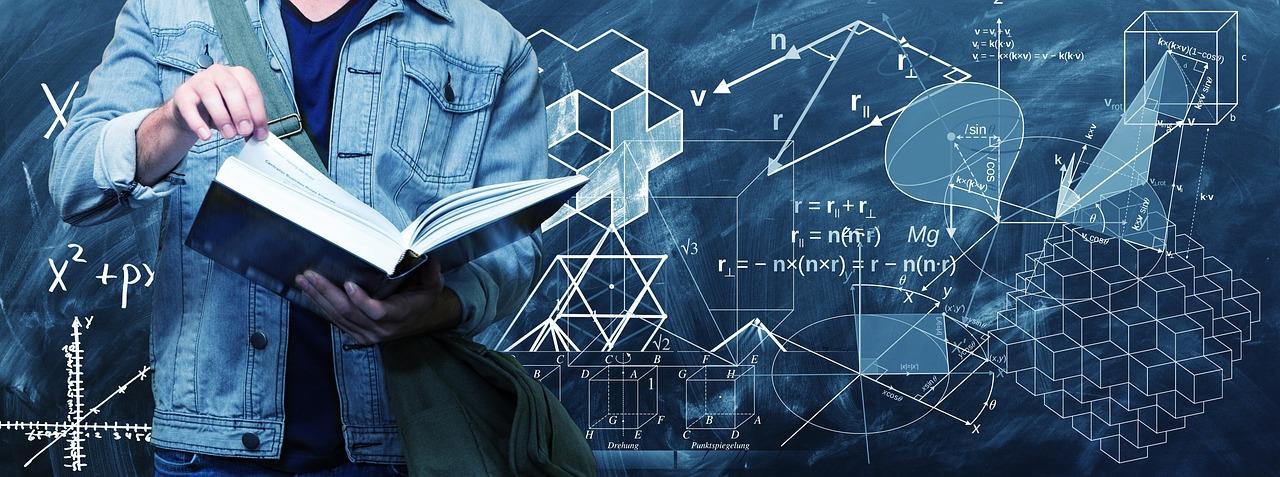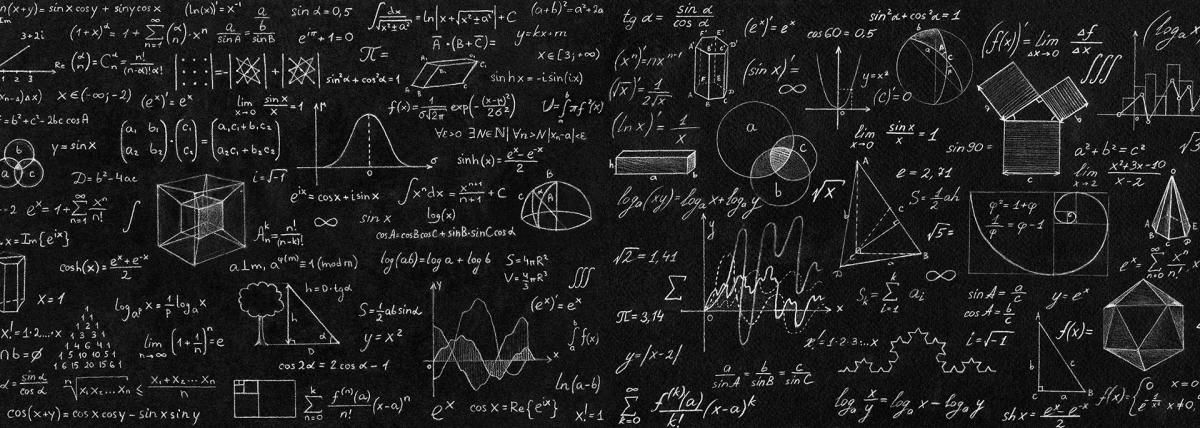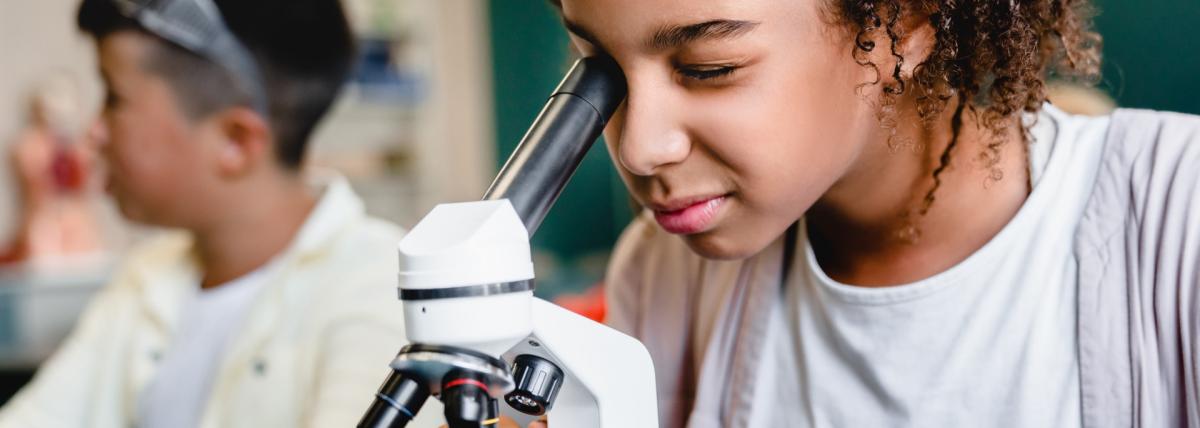
Human Dot Plot - Part 2
by Laura Richmond
This is a continuation lesson in which we compare student data to the previous day's data using GeoGebra to help us generate dot plots and calculate statistics.
Lesson Plan Link/URL
https://docs.google.com/presentation/d/1ClNG_1KfLDBDOGXfTQr90-na3HmHkS1J/edit?u…Related Content

Grades:
8th Grade, 9th Grade, 10th Grade, 11th Grade, 12th Grade
I use this lesson as a fun activity to visualize unit conversions and the immense scale of the universe. I love this lesson because I find it challenging to teach unit conversions with hands-on

Grades:
9th Grade, 10th Grade, 11th Grade, 12th Grade
This lesson aims to introduce the concept of equilibrium point by creating and revising a model. This hands-on lesson encourages students to explore the concepts of equilibrium and balance while
